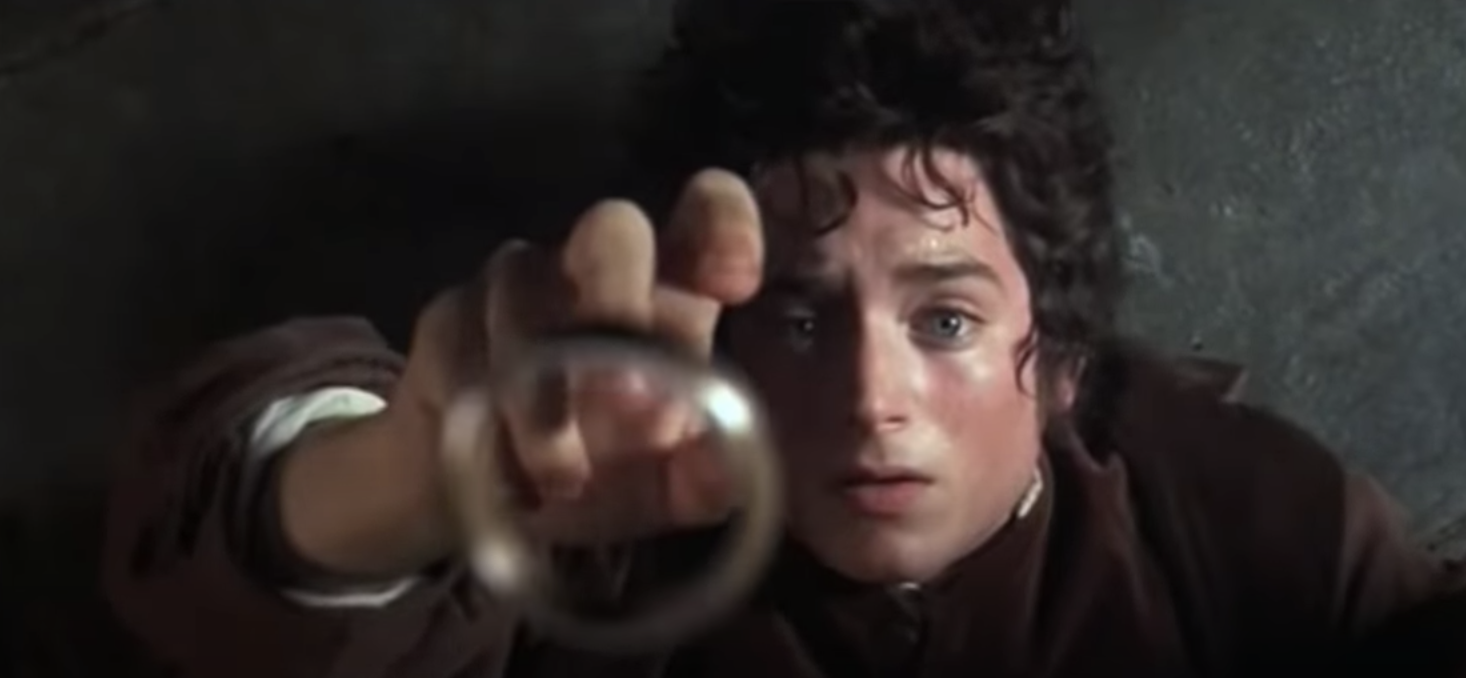
We're thrilled to be showing the entire Lord of the Rings trilogy in Cineworld cinemas. The natural home of Peter Jackson's extraordinary fantasy saga is the big screen, and after years of DVD and TV viewings, no doubt you're keen for the real deal.
Lord of the Rings is showing in both widescreen and IMAX, taking advantage of the latter's unique screen size and curvature, plus the richly enveloping surround sound. To get you ready, we've rounded up nine memorable scenes from across the series that are sure to blow you away all over again.
THE FELLOWSHIP OF THE RING (2001)
1. Gandalf trapped in Isengard
Jacksons's integration of live-action and CGI broke new ground. The electrifying scene where imperilled wizard Gandalf (an Oscar-nominated Ian McKellen) is held captive by his treacherous former friend Saruman (a glowering Christopher Lee) is a classic example. Jackson's camera delicately follows the moth that Gandalf will use to send a call for help, before swooping down past Orthanc tower through the caverns of Isengard in rollercoaster fashion. Even now, it's difficult to spot the joins between the practical and the digital. It's exactly what's needed for our complete immersion in J.R.R. Tolkien's remarkable world.
2. Arrival at Rivendell
The Lord of the Rings strikes a rich amount of emotional registers. The quieter, more ethereal scenes are often just as impactful as the louder ones. This includes the arrival at the home of the Elves, Rivendell, which practically glows with luminous wonder thanks to the cinematography from Andrew Lesnie. It's one of many times throughout the series where we genuinely feel like we've stepped into a world beyond our own. And Howard Shore's hauntingly beautiful, choral-led score is another key factor in selling us on the wonder.
3. Confrontation with the Balrog
Hearts were wrenched during the apparent death scene of McKellen's wise, kindly Gandalf. The showdown with the demon known as the Balrog in the mines of Moria is a key moment in the trilogy, transitioning us from grandiose adventure into a much darker story where lives are at stake, and sacrifices have to be made. The subterranean environment of the dwarves' former kingdom offers the kind of jaw-dropping majesty that sums up the magic of cinema.
THE TWO TOWERS (2002)
1. Gandalf's resurrection
Gandalf the Grey becomes Gandalf the White in one of the trilogy's most powerful moments. Once again, Jackson and his cast and crew show that intimacy and inter-character relationships can resonate just as strongly as clanging, pounding battle scenes. This is why Lord of the Rings works: it's never just surface spectacle but a multi-stranded odyssey about the desperate need to do the right thing. Ian McKellen's shining reveal in the forest of Fangorn is beatific and moving precisely because we're so invested in his character.
2. Theoden's redemption
One of the most moving scenes in The Two Towers is a barely contained expression of grief. Actor Bernard Hill makes an immediately strong impression as Rohan king Theoden, who has long been corrupted by the power of Saruman. When he is released from the spell, only to discover that his son Theodred has been killed in battle, the movie reaches the kind of emotional heights most other fantasy epics can only dream of. It soars in the manner of the mountains adorning the backdrop.
3. The Battle of Helm's Deep
The CG-assisted scenes in The Fellowship of the Ring were but a dry run for The Two Towers' pivotal battle sequence. Everything has been building to this, as Aragorn (Viggo Mortensen), Legolas (Orlando Bloom), Gimli (John Rhys-Davies) and their allies vow to protect the fugitive people of Rohan from hordes of marauding orcs. The use of visual effects to extend the orc army into a teeming, seemingly endless mass is still spectacular and terrifying, a clear influence on later historical epics like Troy and Kingdom of Heaven.
THE RETURN OF THE KING (2003)
1. Shelob's lair
Peter Jackson returns to his horror roots a la Braindead for this skin-crawling sequence. An acknowledged arachnophobe, Jackson went to town in depicting the fearsome Shelob, the giant spider that bars hobbit Frodo Baggins (Elijah Wood) from entering Mordor to destroy the One Ring. Once again, the photorealistic CGI merges beautifully with the close-up practical effects and sets, although, once again, the scene truly resonates because of how invested we are in Frodo's struggle.
2. The road to Minas Tirith
As the trilogy progresses, the destinies of various characters begin to diverge. After he makes the mistake of looking into a Palantir, exposing himself to the evil Sauron, hobbit Peregrin Took (Billy Boyd) is emboldened with new purpose. Gandalf then takes him to the multi-tiered city of Minas Tirth, a marvel of gleaming white architecture that takes the breath away. The fluid camerawork that carries us up the various layers, combined with Howard Shore's commanding score, lifts us out of our humdrum reality and into an astonishing world of new possibilities.
3. The Battle of the Pelennor Fields
Just as Fellowship was a dry run for The Two Towers, so is the latter a mere warm-up act for Return of the King's astonishing centrepiece battle. Various factions converge on the Pelennor fields beneath Minas Tirth for a defining clash between good and evil. The scale and ambition of Jackon's achievement is perhaps more obvious here than anywhere else in the trilogy. He truly achieved what many thought impossible: not only adapting a dense and multi-layered novel, but adding fresh texture and breaking down cinematic boundaries to craft a fully-realised world.
Click here to book your IMAX tickets for The Lord of the Rings. What's your favourite scene from the trilogy? Tweet us @Cineworld.
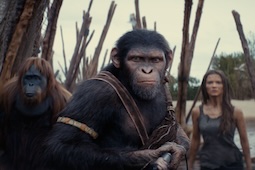
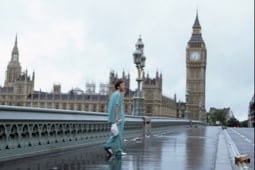
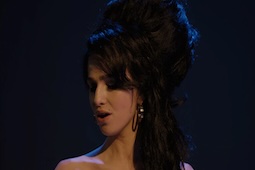
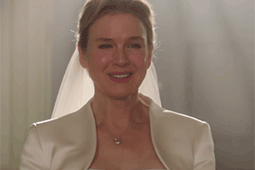
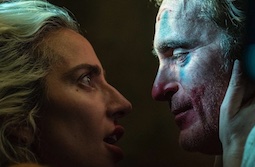
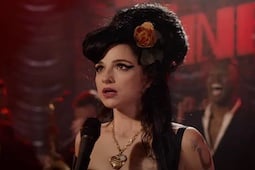
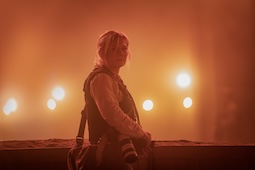
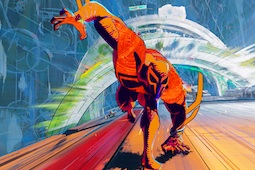
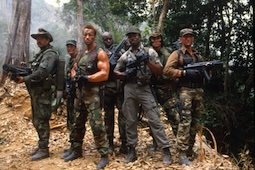

.jpg)
.jpg)

.jpg)
.png)



